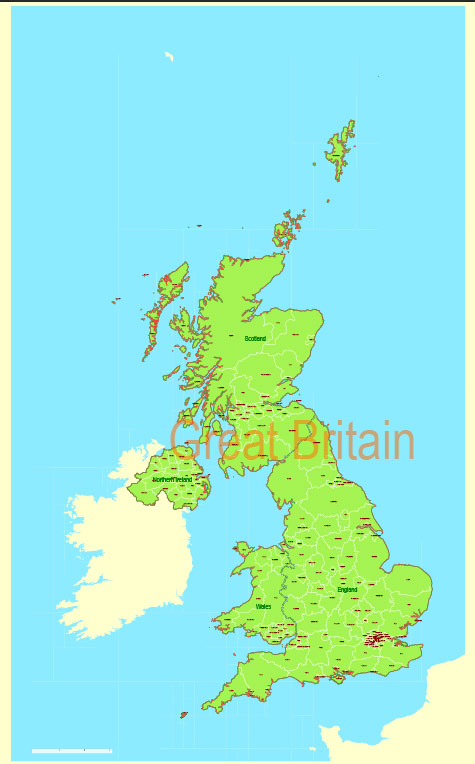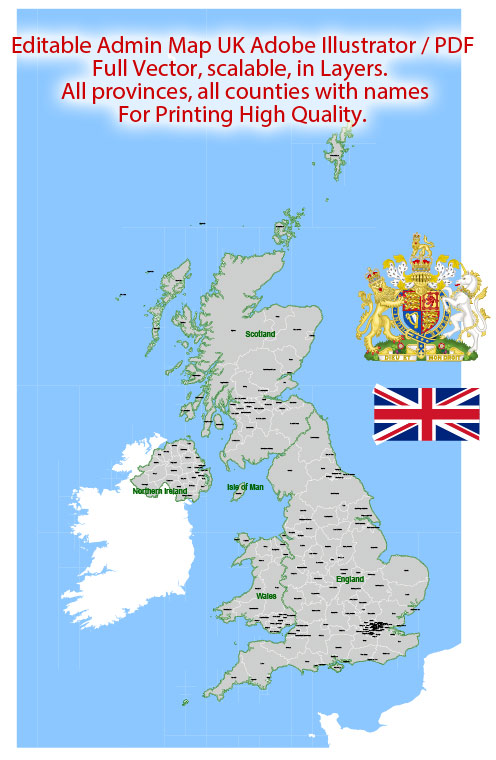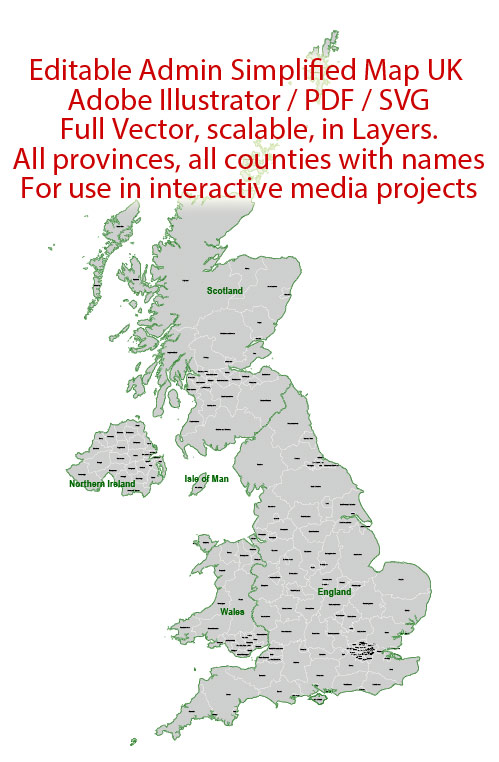The history of urban development in Great Britain is rich and multifaceted, shaped by a variety of factors including economic changes, political events, industrialization, and social shifts. Here’s a broad overview of the key historical phases:
1. Roman Britain (43-410 AD):
- The Romans established the city of Londinium (modern-day London) around 43 AD, marking the beginning of urban development in the region.
- Other Roman towns, such as Colchester and St. Albans, also contributed to the urban landscape.
2. Medieval Period (5th-15th centuries):
- During the medieval period, towns and cities in Great Britain grew around castles, monasteries, and trade routes.
- Economic activities such as trade and crafts led to the development of market towns, including York, Norwich, and Bristol.
3. Tudor and Stuart Periods (16th-17th centuries):
- The Tudor and Stuart periods saw the expansion of existing towns and the establishment of new ones.
- London continued to grow, and other cities like Bristol, Manchester, and Liverpool gained prominence.
4. Industrial Revolution (18th-19th centuries):
- The Industrial Revolution had a profound impact on urban development.
- Cities such as Manchester, Birmingham, and Glasgow became industrial centers with the growth of factories, railways, and population.
5. Victorian Era (19th century):
- The Victorian era witnessed significant urbanization and changes in urban design.
- London expanded with the creation of new suburbs. Social reformers focused on improving living conditions and public health, leading to the development of parks and sanitation systems.
6. Interwar Period and World War II (20th century):
- The interwar period and World War II brought challenges and transformations.
- Bombing raids during the war led to destruction and post-war reconstruction efforts. New towns were planned to alleviate overcrowding in urban centers.
7. Post-war Period to Present (20th century onward):
- The post-war period saw continued urbanization and changes in the economic landscape.
- London maintained its status as a global financial and cultural hub. Urban renewal projects sought to revitalize and modernize city centers.
- Suburbanization occurred, with people moving to newly developed suburban areas.
8. Contemporary Urban Development:
- In the late 20th and early 21st centuries, urban development in the UK has focused on sustainability, regeneration, and modern infrastructure.
- Cities like London, Manchester, and Birmingham continue to experience growth and cultural vibrancy.
- Urban planning addresses environmental concerns and seeks to create livable, inclusive spaces.
The history of urban development in Great Britain reflects the nation’s evolution from ancient Roman foundations through medieval growth, industrialization, and the challenges and opportunities of the modern era. Each period has left its mark on the landscape and character of British cities.




 Author: Kirill Shrayber, Ph.D.
Author: Kirill Shrayber, Ph.D.